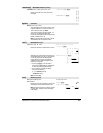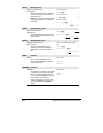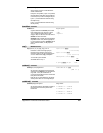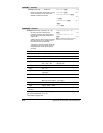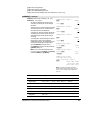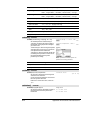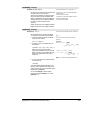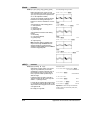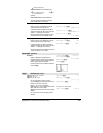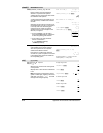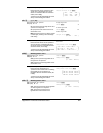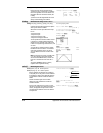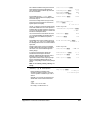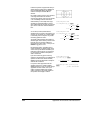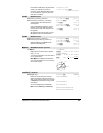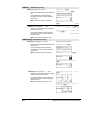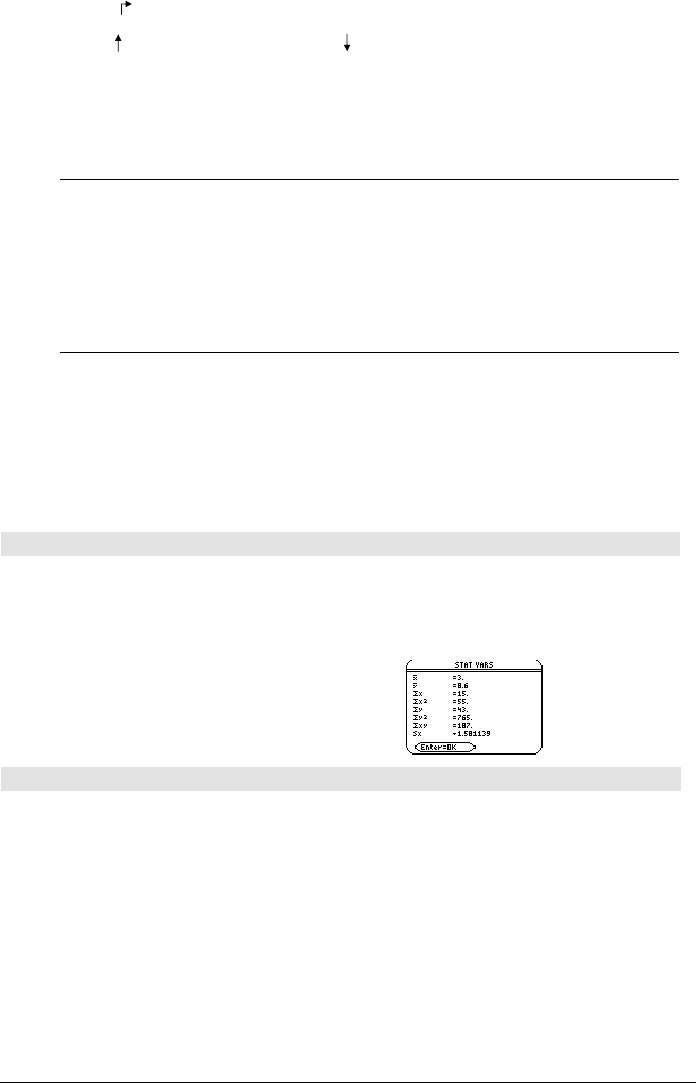
Appendix A: Functions and Instructions 875
0b00000000000001111010110000110101
produces:
0b00000000000000111101011000011010
The result is displayed according to the
Base
mode. Leading zeros are not shown.
shift(
list1
[,
#ofShifts
]) ⇒
⇒⇒
⇒
list
Returns a copy of
list1
shifted right or left by
#ofShifts
elements. Does not alter
list1
.
If
#ofShifts
is positive, the shift is to the left. If
#ofShifts
is negative, the shift is to the right. The
default is ë1 (shift right one element).
Elements introduced at the beginning or end of
list
by the shift are set to the symbol “undef”.
In Dec base mode:
shift({1,2,3,4}) ¸
{undef 1 2 3}
shift({1,2,3,4},
ë2) ¸
{undef undef 1 2}
shift({1,2,3,4},1)
¸
{2 3 4 undef}
shift(
string1
[,
#ofShifts
]) ⇒
⇒⇒
⇒
string
Returns a copy of
string1
shifted right or left by
#ofShifts
characters. Does not alter
string1
.
If
#ofShifts
is positive, the shift is to the left. If
#ofShifts
is negative, the shift is to the right. The
default is ë1 (shift right one character).
Characters introduced at the beginning or end of
string
by the shift are set to a space.
shift("abcd") ¸ " abc"
shift("abcd",
ë2) ¸ " ab"
shift("abcd",1)
¸ "bcd "
ShowStat CATALOG
ShowStat
Displays a dialog box containing the last
computed statistics results if they are still valid.
Statistics results are cleared automatically if the
data to compute them has changed.
Use this instruction after a statistics calculation,
such as
LinReg.
{1,2,3,4,5}! L1 ¸ {1 2 3 4 5}
{0,2,6,10,25}
! L2 ¸
{0 2 6 10 25}
TwoVar L1,L2
¸
ShowStat
¸
sign() MATH/Number menu
sign(
expression1
) ⇒
⇒⇒
⇒
expression
sign(
list1
) ⇒
⇒⇒
⇒
list
sign(
matrix1
) ⇒
⇒⇒
⇒
matrix
For real and complex
expression1
, returns
expression1
/abs(
expression1
) when
expression1
ƒ 0.
Returns 1 if
expression1
is positive.
Returns ë1 if
expression1
is negative.
sign(0) returns „1 if the complex format mode is
REAL; otherwise, it returns itself.
sign(0) represents the unit circle in the complex
domain.
For a list or matrix, returns the signs of all the
elements.
sign(ë 3.2) ¸ ë1.
sign({2,3,4,
ë 5}) ¸
{1 1 1
ë 1}
sign(1+abs(x))
¸ 1
If complex format mode is REAL:
sign([ë 3,0,3]) ¸ [ë1 „1 1]
Inserts 0 if leftmost bit is 0,
or 1 if leftmost bit is 1.
Each bit shifts right.
Dropped



